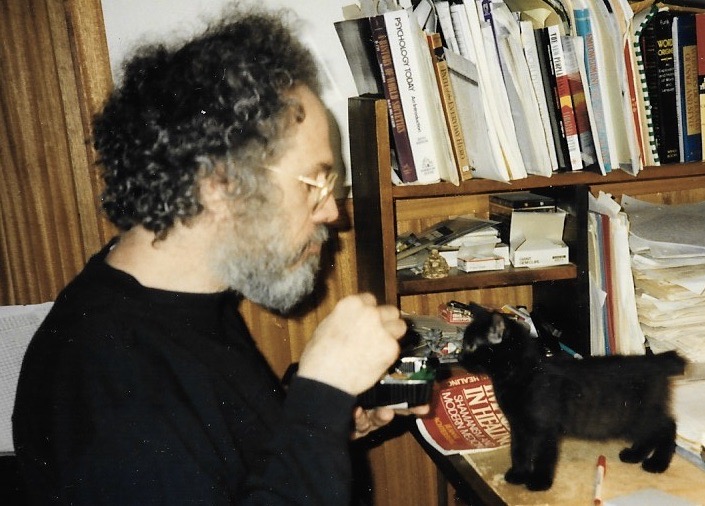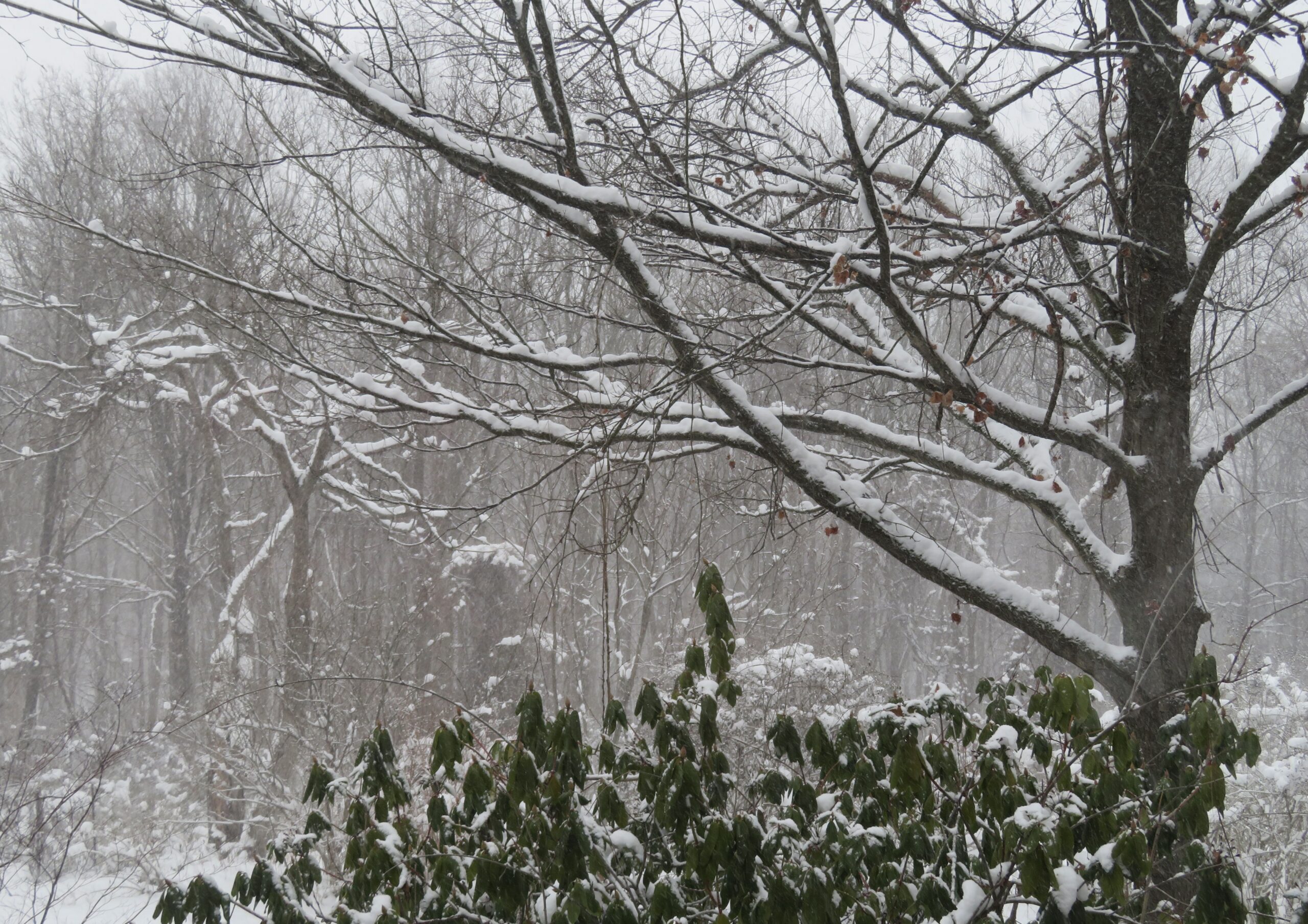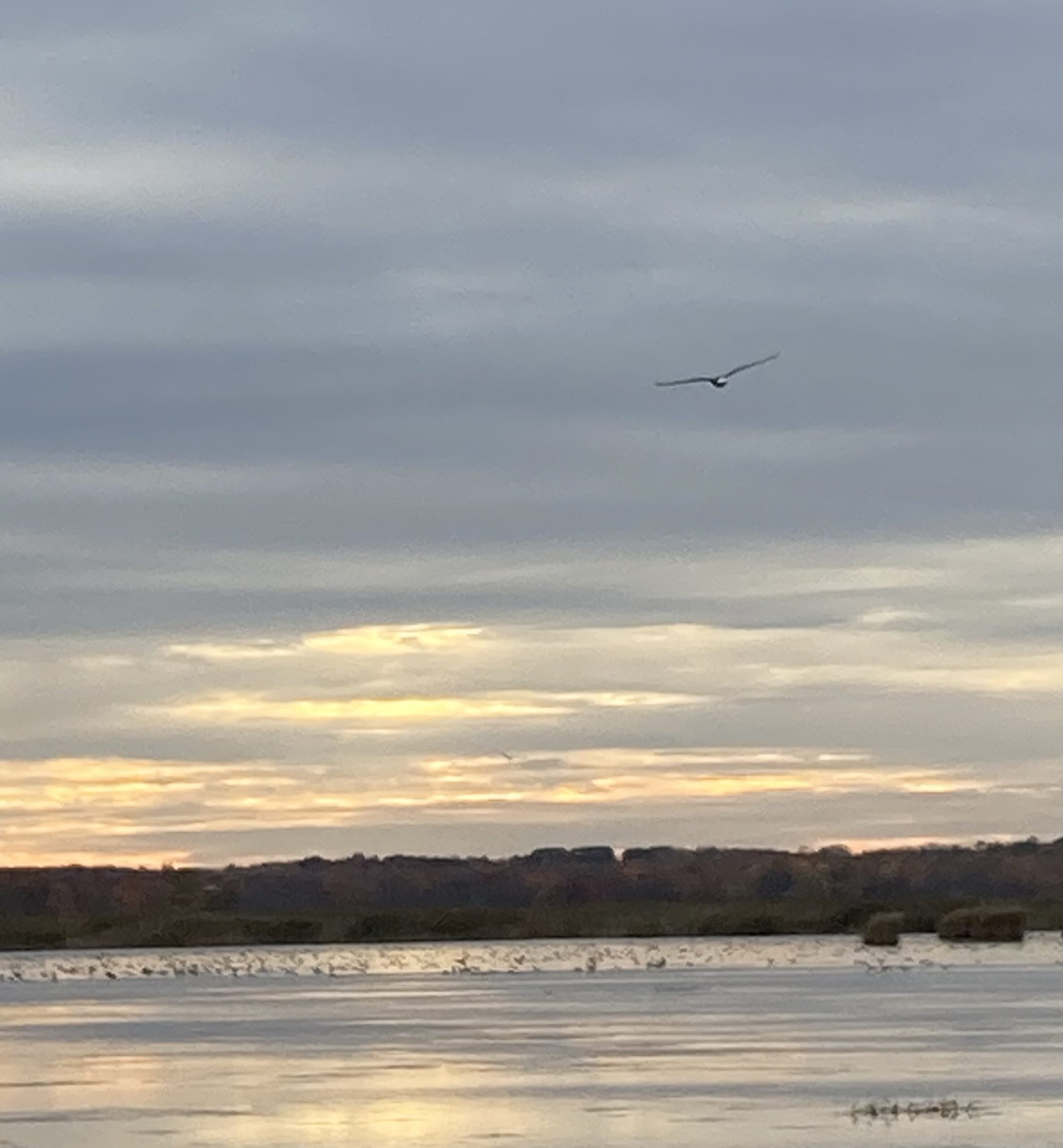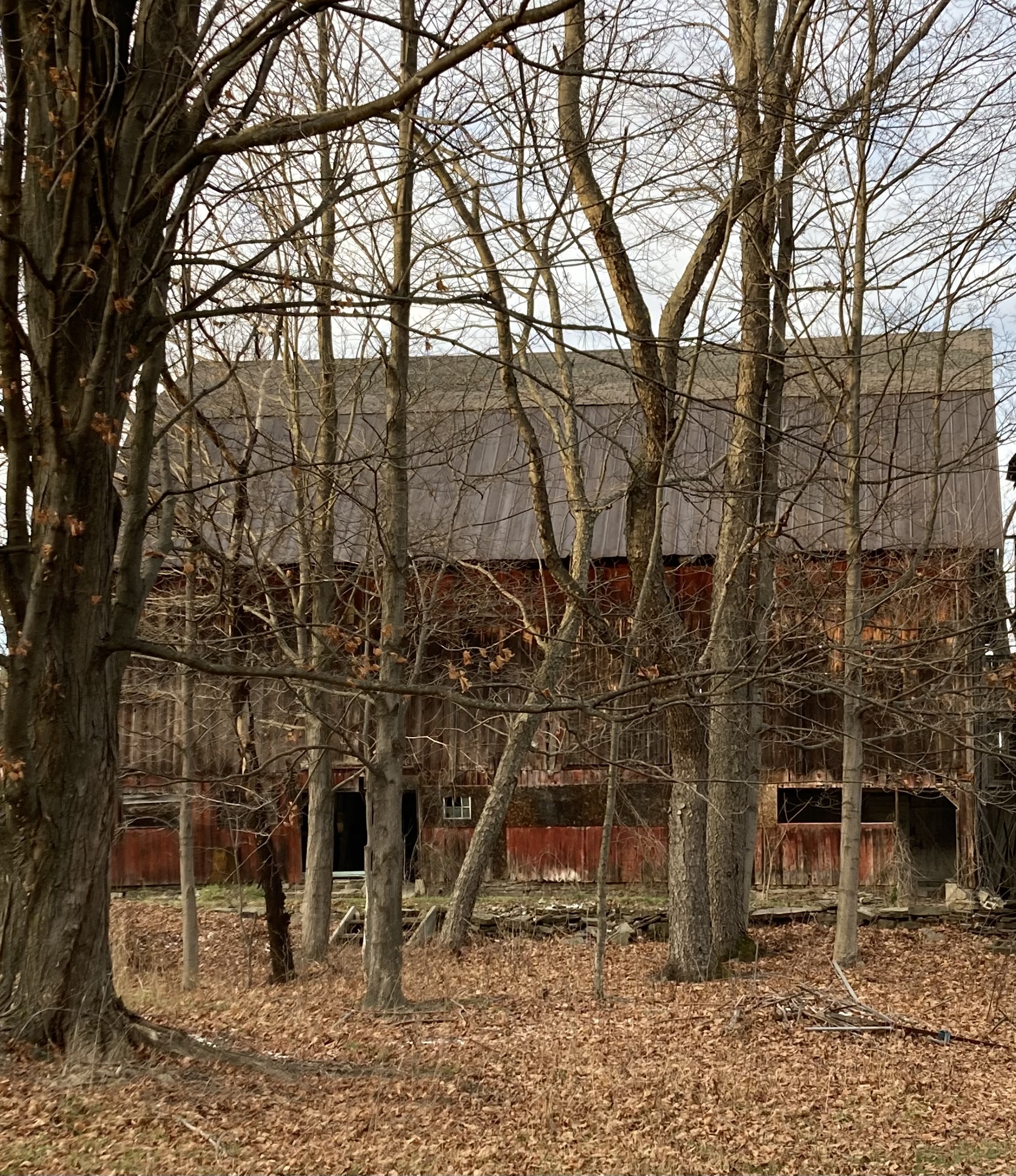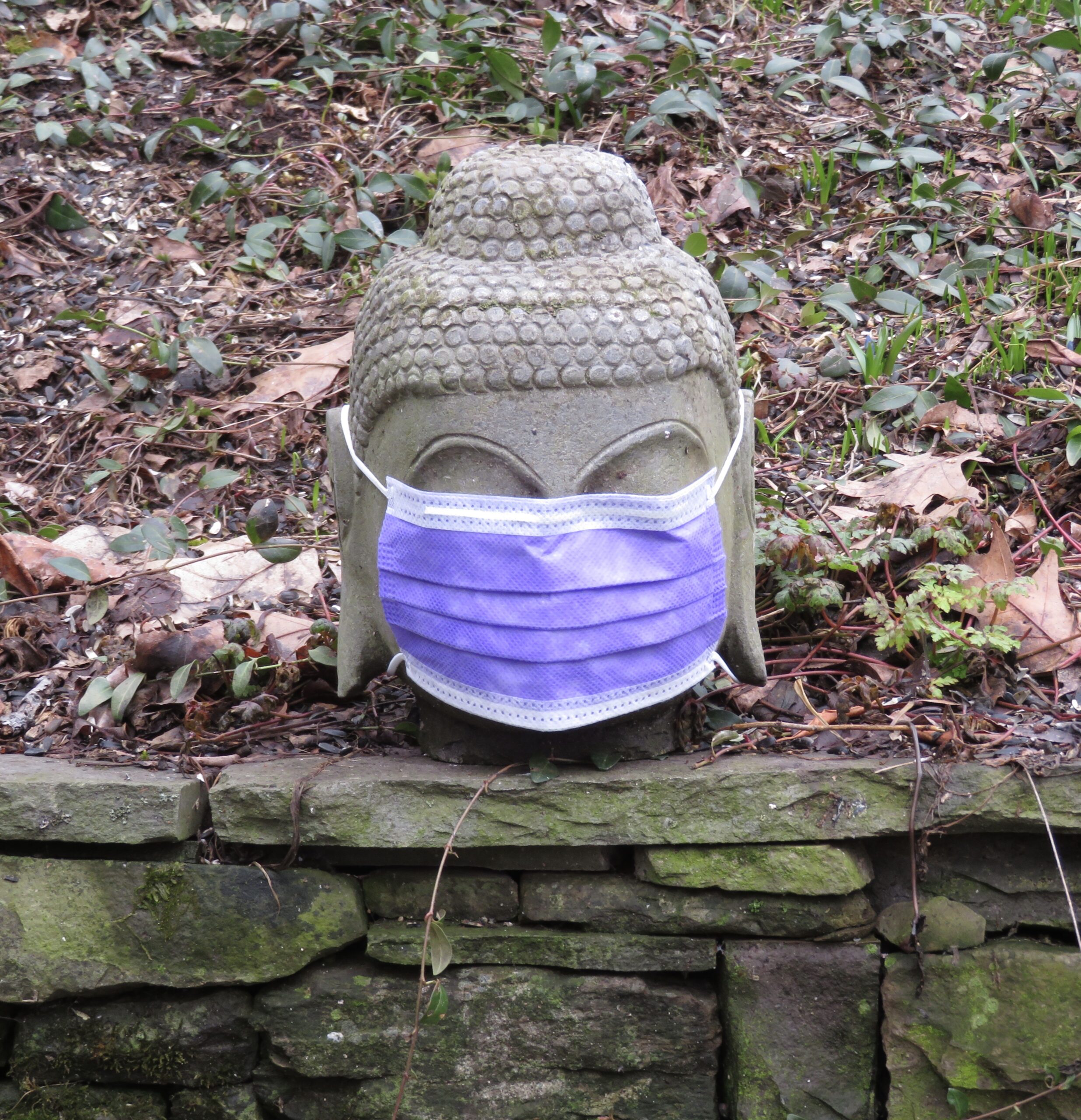The winter holidays⎼ they bring up so much for so many of us. As with many others, I have almost always looked forward to the holidays. When I was a child, I looked forward to gifts and family celebrations. As a student and teacher, I looked forward to a vacation from work. Now that I’m retired, my focus is on getting together with family and friends. However, there were years in college that I dreaded the holidays, especially the New Year. If I didn’t have a family gathering, a party to go to, friends to be with, a date, the holidays could be lonely and alienating.
And this year especially, so hurtful. The cost of toys, presents, for example, are just too expensive. The cost of simple living is too expensive. My wife and I ignore gift-giving for ourselves. The only gift we give each other is our presence. Yet, for the children we know and charities⎼ it’s a different story. And the commercialization obscures if not undermines the deeper meaning of such moments in time.
The holidays could be so rich. Hanukah is a festival of light and freedom. Kwanzaa of family, community, and culture. Christmas of joy in the birth of Jesus. So much meaning in the depths of the holidays.
The solstice was just last week. Humans have, possibly forever, celebrated solstice, the longest reign of night, and the beginning of the cold, at least in the Northern hemisphere where I live. It’s traditionally a time to engage in rituals to assure that the sun will come again, that spring will follow winter, warmth follow cold, renewal follow hibernation.
The holidays thus have a sacred dimension, a connection to a depth of life and history. Maybe every moment does, too. Their significance is not just religious. The holidays celebrate workers getting a break from intense labor. They signify a recognition of shared humanity, however dim that recognition often was in the past and might be so today.
Every one of us needs time to rest, even for those who get no time off for the holidays. The fact that we have days of rest is beyond a right; it’s a sacred necessity.
Every one of us needs time to step back and contemplate why we’re here on this earth. We need to renew ourselves and our relationships with what surrounds us⎼ to stop, maybe close our eyes and allow ourselves to feel our feet on the ground. To feel right now, there’s no separation⎼ we can never step off the earth or out of the universe that sustains us. Realizing this is a sacred awakening.
We might also feel isolated from others. But we carry other people with us always, in our memories, in our language, in our genes, in our hopes and dreams. Feeling this is a sacred remembrance. When we feel isolated, we’re afraid. When we feel present, fear is diminished.
And there have been moments lately when I just start crying internally. I almost never let it out. Who knows what will emerge. Maybe holidays are here so when no one⎼ or just one dear someone⎼ is around, our breath and our heart can find each other.
In the past, people from many nations fought for a five-day workweek, fighting against those who oppressed them⎼ and they were successful. But today, many are forced to work more than one job just to meet basic economic needs, while the DT regime cuts programs like SNAP, MEDICAID, Headstart, school lunch programs that once helped make life possible for many. He’s working to undermine the power of the people, and is giving to the rich whatever they can steal from the rest of us.
*This is a rewrite of an older blog.
**To read the whole post, please go to The Good Men Project.





